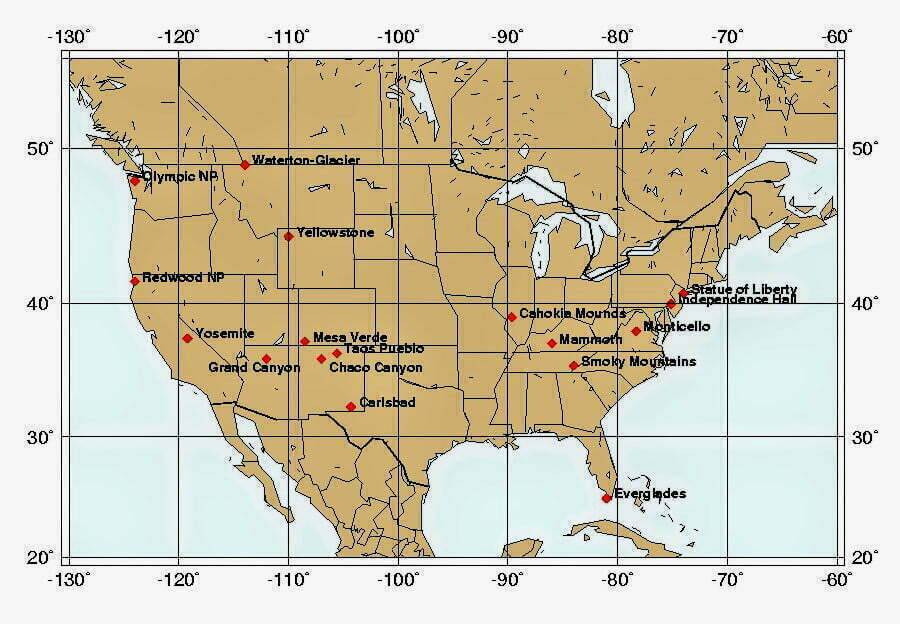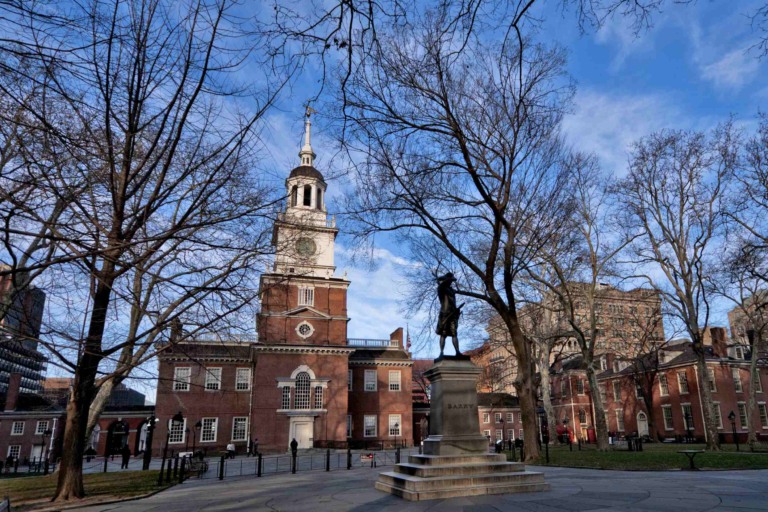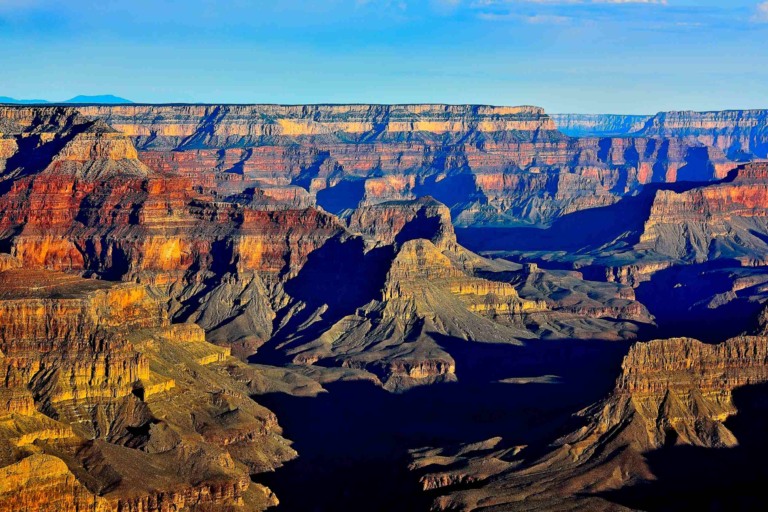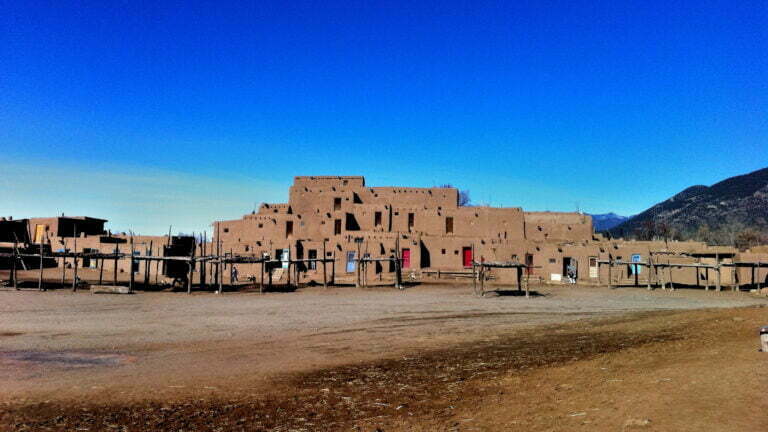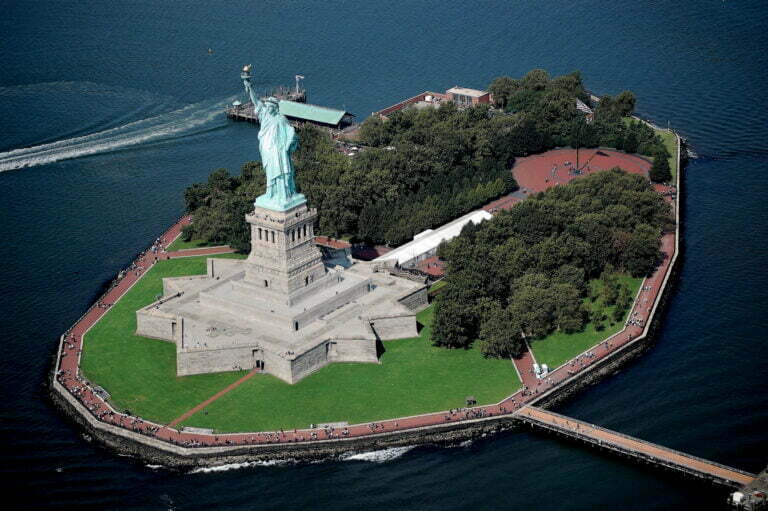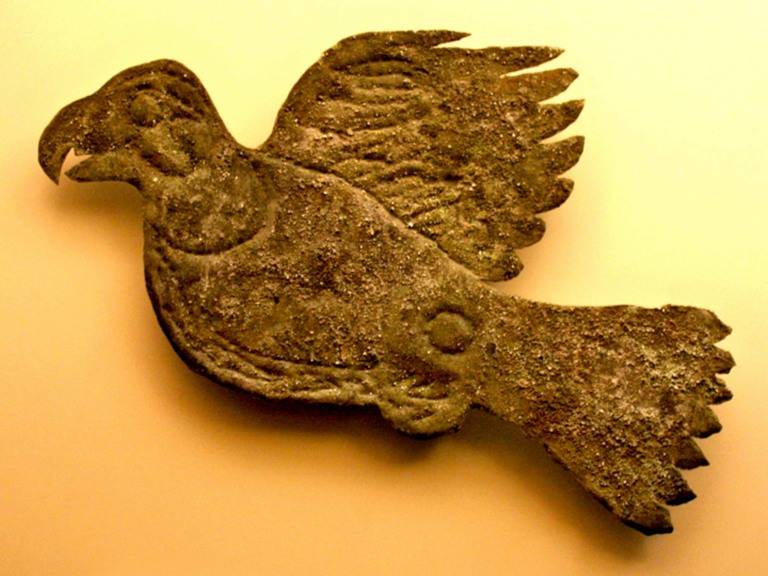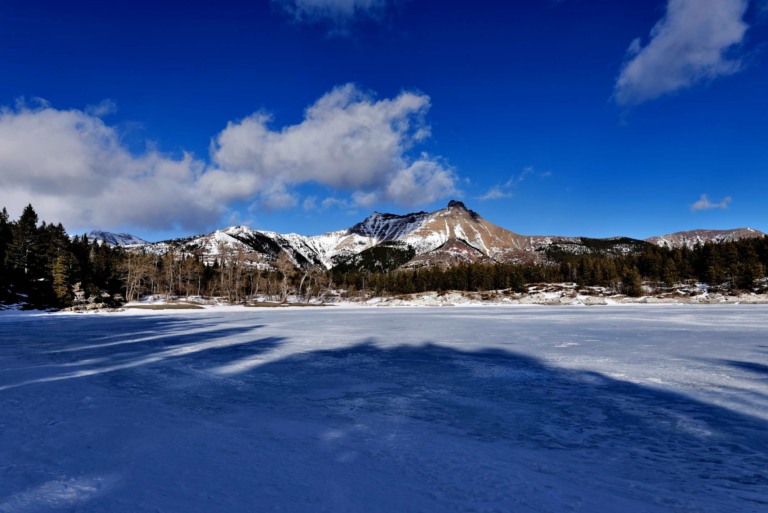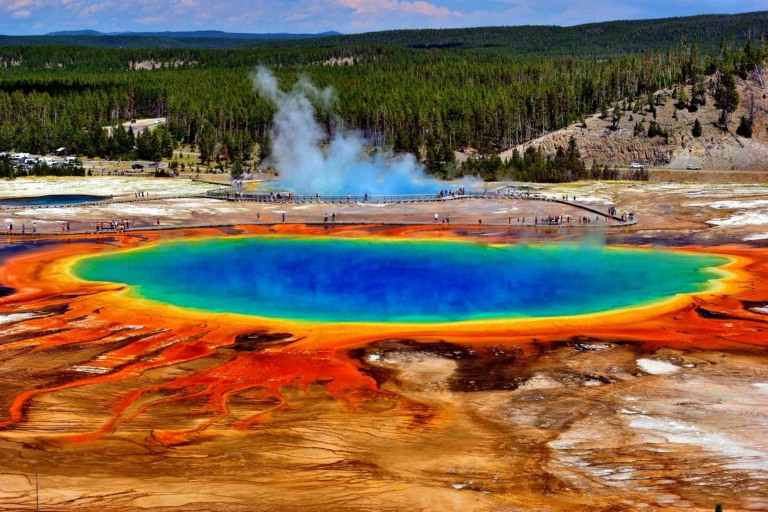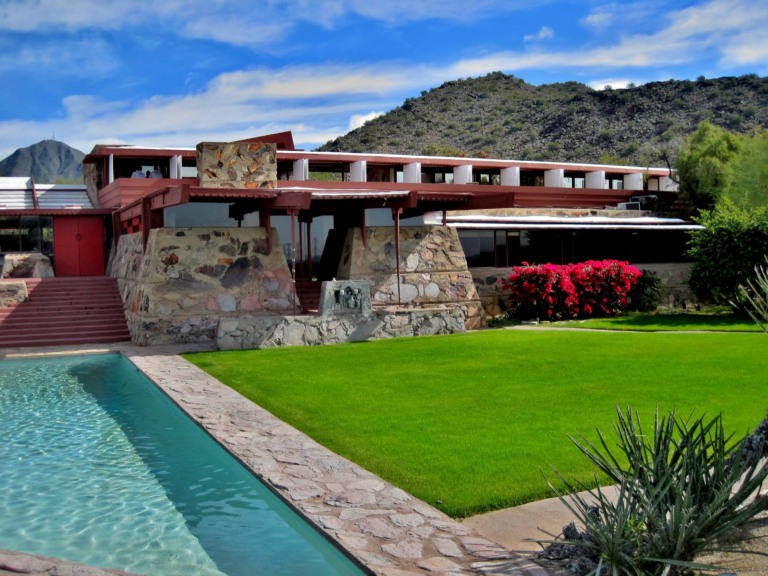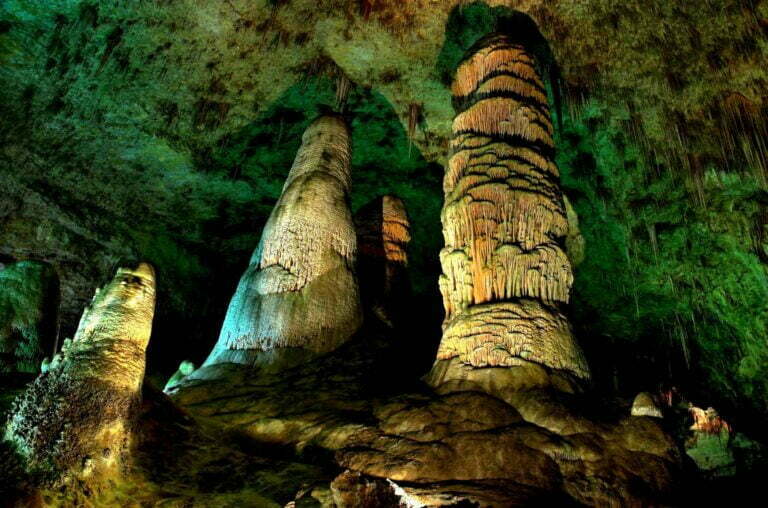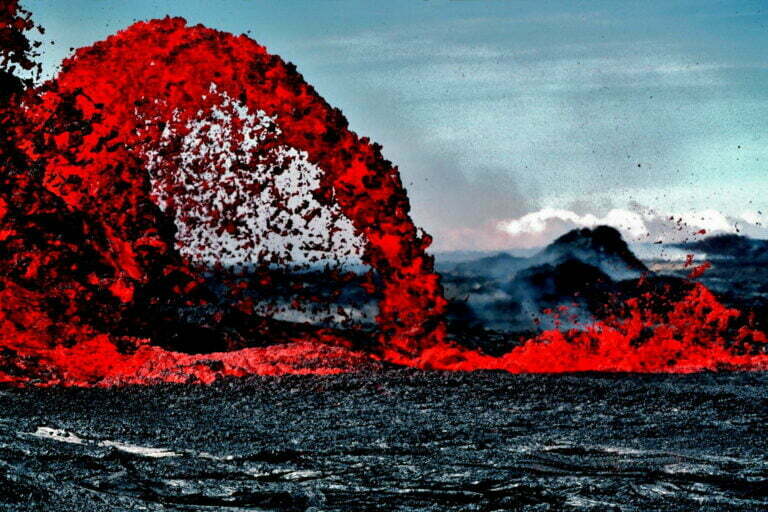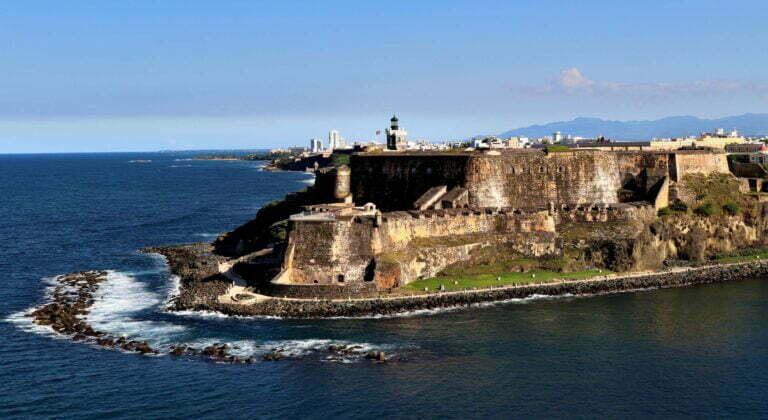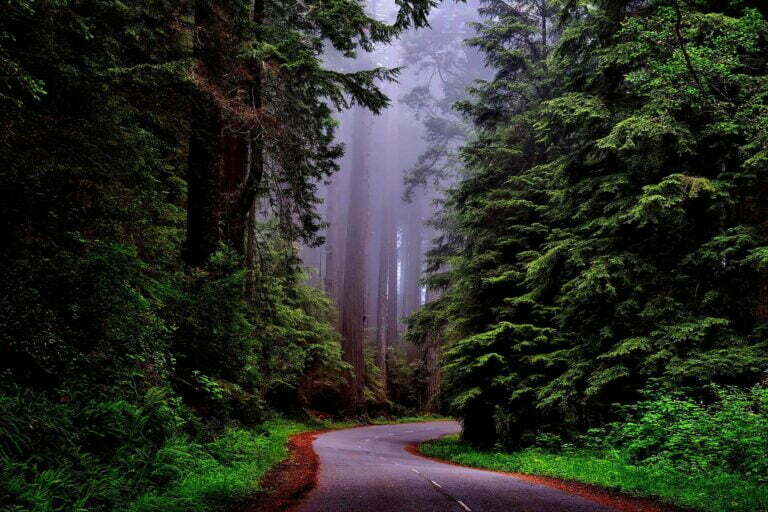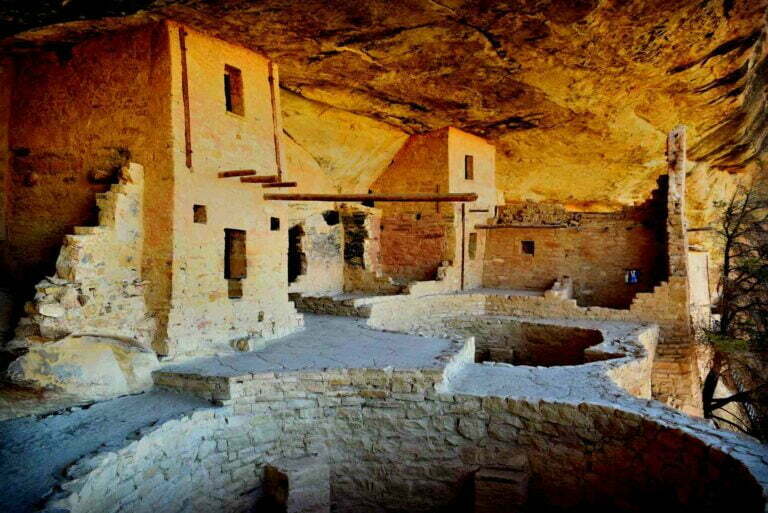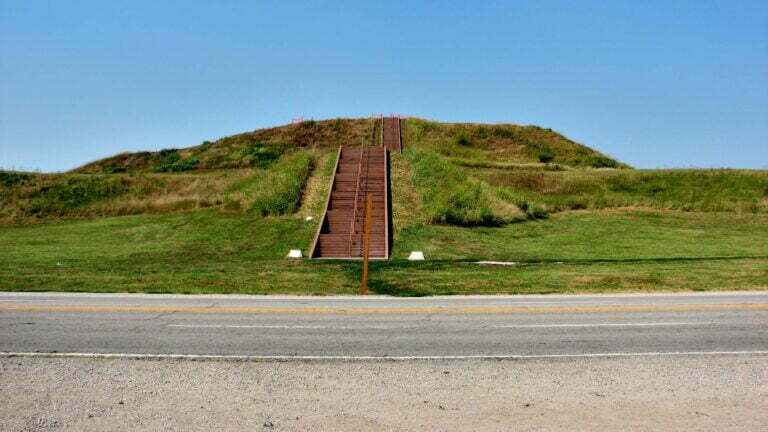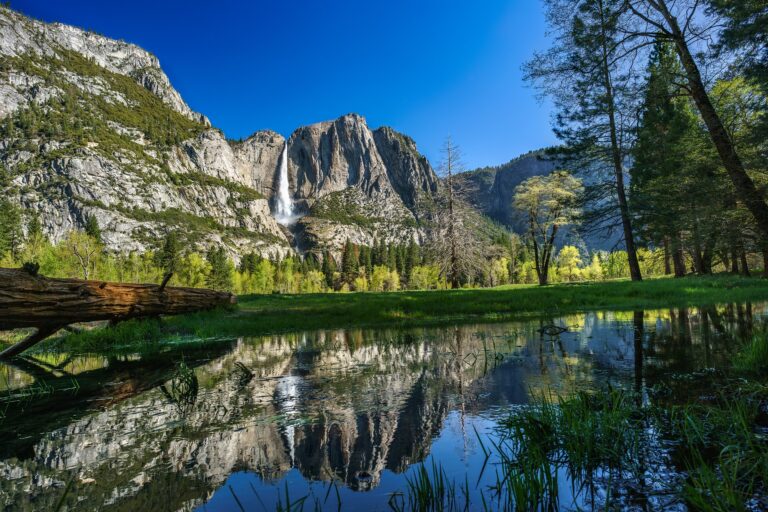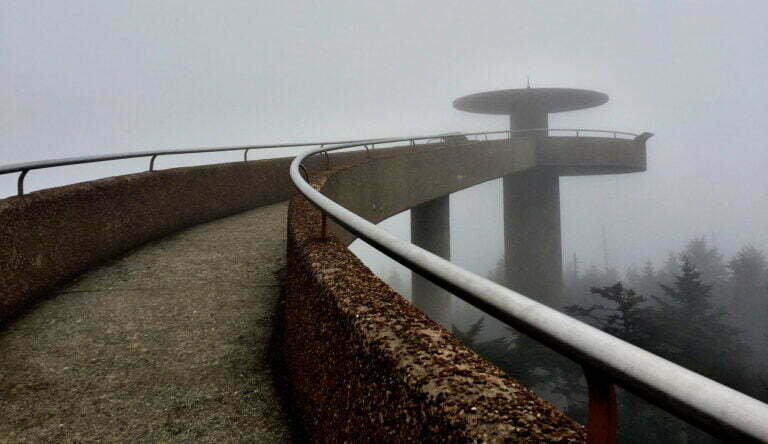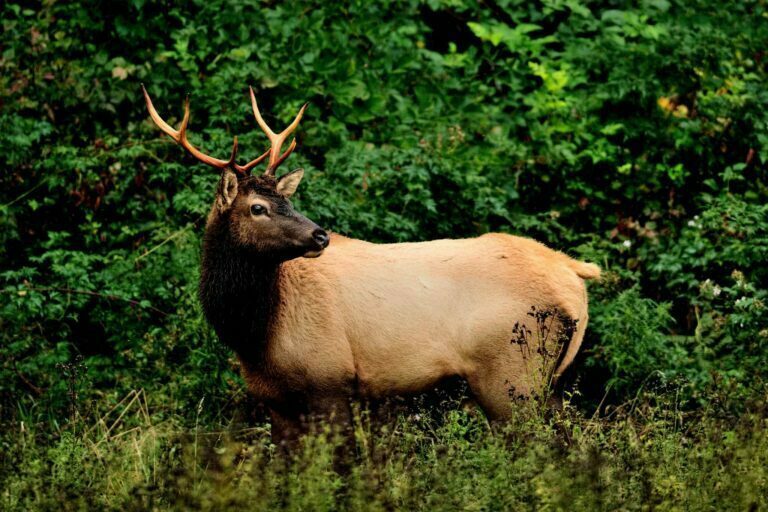Independence Hall, located in Philadelphia, Pennsylvania, is an iconic historical building with immense significance in American history and a symbol of American democracy. It holds a central place in U.S. history as the birthplace of the nation. It stands as a testament to the enduring principles of liberty, democracy, and independence upon which the United States was founded. It continues to attract visitors from around the world who seek to connect with the nation’s history and values. It was designed by Edmund Woolley and Andrew Hamilton. The building served as the meeting place for the Pennsylvania Provincial Assembly. The Assembly Room within Independence Hall played a crucial role in American history, serving as a meeting place for significant events. Here is a detailed history of Independence Hall: ...
Grand Canyon National Park, located in Arizona, is one of the most iconic and breathtaking natural wonders in the United States. The park is not only a geological marvel but also a place of immense beauty and natural diversity. Whether you're admiring the vistas from the rim, exploring the depths of the canyon, or engaging in outdoor adventures, the Grand Canyon offers an unforgettable experience for all who visit. Over millions of years, the Colorado River has carved the canyon, revealing more than 2 billion years of Earth's geological history in its exposed rock layers and formations that tell the story of the planet's evolution. Within the park, diverse landscapes include high cliffs, fields, deserts, forests, cinder cones, magma streams, rivers, waterfalls, and a pristine whitewater river. It showcases how different landscapes evolved at various elevations as the Colorado River carved deeper into the canyon. Here is an overview of Grand Canyon National Park: ...

Poverty Point State Historic Site, located in northeastern Louisiana, holds a unique place in American archaeology. This prehistoric earthwork was constructed by the ancient culture, which extended its influence across the Southeastern Woodlands of the Southern United States and covered a vast territory, spanning 100 miles across the Mississippi Delta and south to the Gulf Coast. The centerpiece of Poverty Point comprises a series of earthen ridges, mounds, and a central plaza, forming a unique geometric design that became apparent through aerial photographs. The six concentric C-shaped ridges, separated by swales, are distinct from Poverty Point. Although the ridges' height and width have been affected by centuries of plowing, archaeologists believe they were once taller and more massive. Radiocarbon dating suggests the ridges were constructed between 1600 and 1300 BCE. The central plaza, encompassed by the innermost ridge, has been significantly modified, with evidence of wooden posts hinting at their integral role in the ...
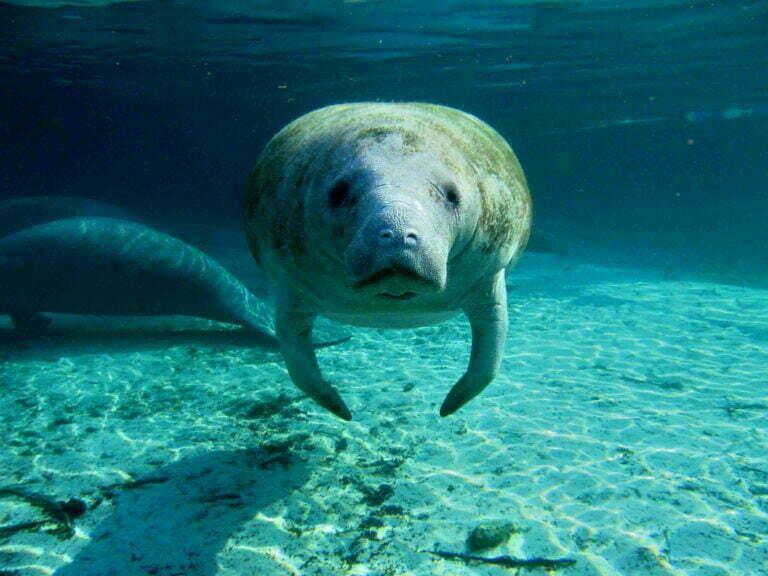
Everglades National Park, situated in Florida, safeguards the southern portion of the original Everglades, comprising the largest tropical wilderness in the United States and the most extensive wilderness east of the Mississippi River. The park, drawing an annual average of one million visitors, ranks as the third-largest national park in the contiguous United States, following Death Valley and Yellowstone. While many national parks safeguard unique geographic features, Everglades National Park holds the distinction of being the first national park established primarily to protect a delicate and interconnected ecosystem. The Everglades consist of wetlands and forests nourished by a river that flows at an exceptionally slow pace of 0.25 miles (0.40 kilometers) per day from Lake Okeechobee to Florida Bay. Everglades National Park in Florida is a unique and ecologically important natural area. To provide a clearer and more structured overview of the park, here are some interesting facts about Everglades National Park: ...
Taos Pueblo is an ancient and culturally significant Native American community located in northern New Mexico. Taos Pueblo, also known as Pueblo de Taos, is an ancient and continuously inhabited pueblo belonging to the Taos-speaking (Tiwa) Native American tribe. It is situated approximately 1 mile north of the modern city of Taos in New Mexico. This pueblo stands as one of the oldest continually occupied communities in the United States and is a member of the Eight Northern Pueblos. The pueblo encompasses tribal land covering 95,000 acres and is home to about 4,500 residents. Nestled against the backdrop of the Taos Mountains in the Sangre de Cristo Range, Taos Pueblo is uniquely positioned on both sides of the Rio Pueblo de Taos, also known as Rio Pueblo, and Red Willow Creek, a small stream that flows through the heart of the pueblo. The headwaters of this stream originate from the nearby Blue Lake, or ...
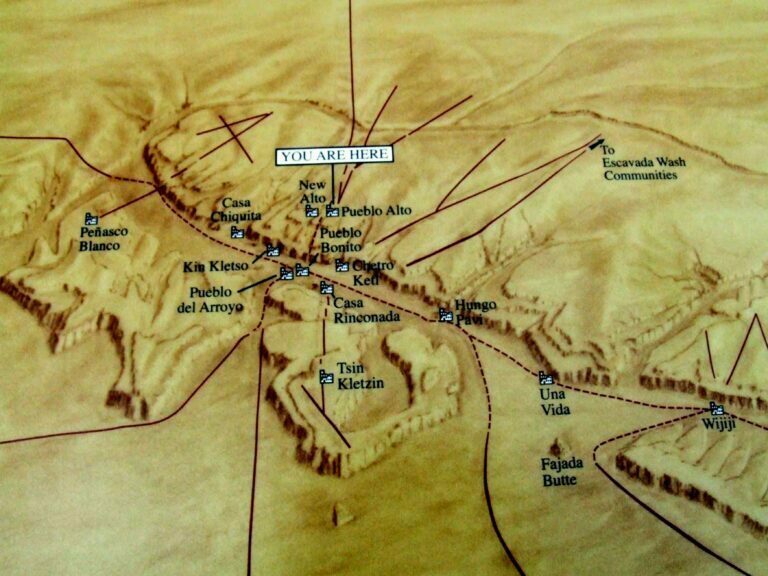
Chaco Culture National Historical Park, situated in the American Southwest, is a remarkable United States National Historical Park that features a concentration of ancient pueblos. Located in northwestern New Mexico, nestled between Albuquerque and Farmington, this park is set within a remote canyon carved by the Chaco Wash. It is renowned for preserving one of the most significant pre-Columbian cultural and historical regions in the United States. Between the years AD 900 and 1150, Chaco Canyon stood as a thriving cultural center for the Ancestral Puebloans. The Chacoans demonstrated their remarkable architectural skills by quarrying sandstone blocks and transporting timber from distant locations. They erected fifteen major complexes, which remained the largest buildings ever constructed in North America until the 19th century. Their architectural achievements are often associated with precise astronomical observations, as exemplified by the famous "Sun Dagger" petroglyph on Fajada Butte. Many Chacoan structures are believed to have been aligned to track ...
The Statue of Liberty, an iconic symbol of freedom, stands proudly on Liberty Island at the entrance to New York Harbor in the United States. This colossal statue is made of thin copper sheets, carefully shaped over a sturdy steel framework. It was a remarkable gift from France, given on the occasion of the United States’ centennial celebration. Sculptor Frédéric Bartholdi, in collaboration with engineer Gustave Eiffel, crafted this masterpiece, which was considered a remarkable fusion of art and engineering, marking one of the most significant technical achievements of the 19th century. Perched atop its grand pedestal, designed by American architect Richard Morris Hunt, the Statue of Liberty has been a symbol of welcome for countless immigrants since its dedication in 1886. Following its dedication, the Statue of Liberty swiftly became an enduring icon of freedom and of the United States itself. It stands as a powerful symbol of hope and welcome, particularly for ...
The Hopewell Culture is an ancient Native American cultural phenomenon that thrived in the Ohio region of the United States. This culture, which emerged between 100 BCE and 500 CE, is known for its distinctive earthworks, elaborate burial mounds, and extensive trade networks that spanned across much of eastern North America. The Hopewell people are named after the owner of a farm near Chillicothe, Ohio, where the first Hopewell site was excavated in the 19th century. The Hopewell people are also renowned for their elaborate burial practices. They constructed burial mounds, often in the shape of conical mounds, which contained rich grave goods, including exotic materials like copper, mica, shells, and rare artifacts. The meticulous construction of these mounds and the items buried within them suggest complex ceremonial and religious practices. Some mounds, like those at Mound City in Ohio, contained burial chambers with multiple individuals ...
Waterton Glacier International Peace Park, includes Waterton Lakes National Park in Canada and Glacier National Park in the US, are UNESCO World Heritage Sites ...
Yellowstone National Park is one of the most famous and iconic national parks in the United States. It is renowned for its stunning natural beauty, geothermal features, and diverse wildlife. Yellowstone National Park's natural wonders and rich history make it a must-visit destination for nature enthusiasts, scientists, and tourists from around the world. Its unique geothermal features and diverse ecosystems make it a true treasure of the United States. A vacation in Yellowstone National Park offers a unique and unforgettable experience. Whether you're a nature enthusiast, wildlife lover, hiker, or simply someone seeking awe-inspiring natural beauty, Yellowstone has something to offer. Here are some key facts and a brief history of Yellowstone National Park: ...
Glacier Bay National Park and Preserve on the Gulf of Alaska, a huge natural region in southeastern Alaska, was a UNESCO World Heritage Site from 1992 ...
Wrangell-St. Elias National Park in Alaska is the largest national park in the US with over 13 million acres, a UNESCO World Heritage Site since 1979 ...
Monticello Thomas Jefferson: Monticello and the University of Virginia in Charlottesville were added to the list of World Heritage Sites by UNESCO in 1987 ...
The 20th-Century Architecture of Frank Lloyd Wright is a group of eight buildings across the United States that are all UNESCO World Heritage Sites ...
Carlsbad Caverns National Park in New Mexico, a part of the Chihuahuan Desert in the United States, became a UNESCO World Heritage Site in 1995 ...
San Antonio History Facts. San Antonio Missions National Historical Park, San Jose, Texas, USA. It has been a UNESCO World Heritage Site since 2015 ...
Hawaii Volcanoes National Park is an area along the southeastern shore of the island of Hawaii, U.S., a UNESCO World Heritage Site since 1987 ...
Papahanaumokuakea Marine National Monument in Honolulu, USA, has been a UNESCO World Heritage Site since 2010. It's 250 km from Hawaii's main islands ...
La Fortaleza and San Juan National Historic Site in Puerto Rico, USA, were designated as UNESCO World Heritage Sites in 1983 ...
The redwood forests of Redwood National Park run alongside the Pacific Ocean north of San Francisco, USA, and were a UNESCO World Heritage Site from 1980 onwards ...
Mesa Verde national park history. Mesa verde Cliff dwellings. Its a section of the Colorado Plateau in the United States, spanning New Mexico, Colorado, and Utah ...
Cahokia mounds state historic site. Cahokia Illinois. Cahokia mounds museum. Cahokia mounds history, hours. Indian mounds Illinois. Cahokia map. Cahokia culture ...
Yosemite National Park History Facts. Where is Yosemite National Park. Yosemite National Park History. Yosemite Travel. What is Yosemite National Park Known for ...
The Great Smoky Mountains, or Tennessee Mountains or Smoky Mountains, in eastern Tennessee and western North Carolina, U.S., were a UNESCO World Heritage Site from 1983 onwards ...
Olympic national park. Olympic national forest. National park Washington. Olympic national park hiking. Olympics national park weather ...
Mammoth cave national park. Kentucky mammoth cave. UNESCO World Heritage Site. Cave Kentucky. Mammoth cave national park tours. Mammoth cave temperature ...
